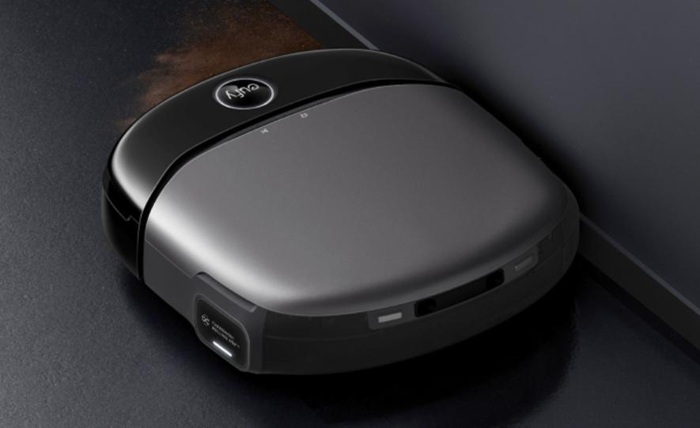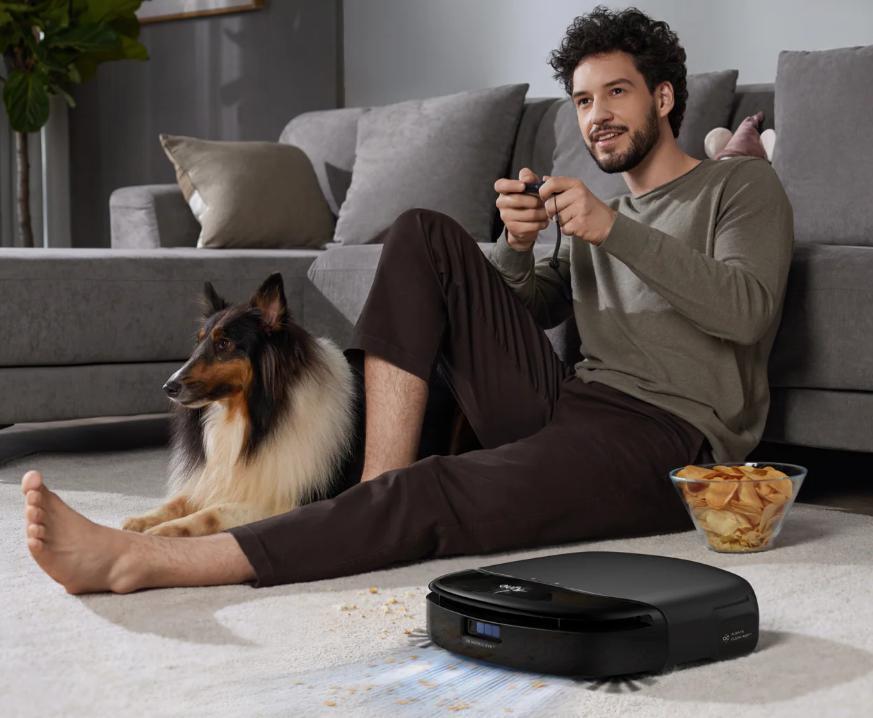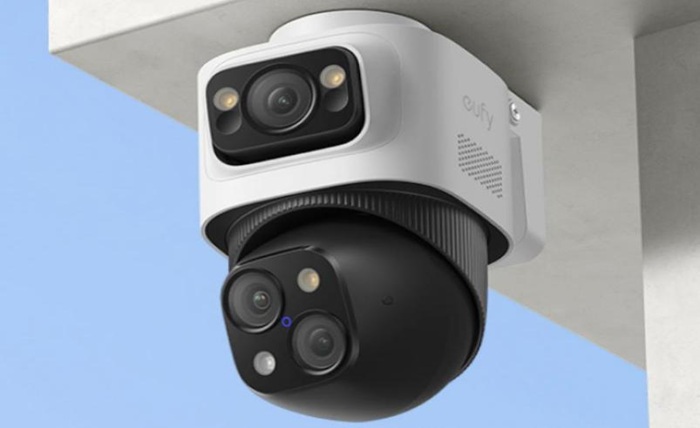Determining the right suction power for your robot vacuum can drastically affect your home’s cleanliness. Suction power, measured in Pascals (Pa), indicates how well a robot vacuum can lift dirt and debris. Finding the ideal balance can be challenging without understanding what your home specifically requires. By considering factors such as flooring type, presence of pets, room size, and cleaning frequency, you can identify a model that meets your household’s needs. Additionally, understanding how various power ratings compare across popular models will help you make an informed decision. This guide dives into what you need to know about suction power, enabling you to choose a machine that delivers optimal cleaning performance.
Factors That Affect How Much Suction Power You Need
The suction power your home requires depends on several crucial factors. Each factor can significantly affect how a robot vacuum performs, ensuring your choice delivers effective cleaning.
Flooring Type: Hard Floors vs. Carpets
Hard floors typically require less suction power than carpets. A robot vacuum with a suction power of around 1,000 to 2,000 Pa is often sufficient for hard surfaces like wood, tile, or laminate. These surfaces allow dirt and debris to remain on the surface, facilitating easy pick-up. Conversely, carpets harbor dirt deeper in their fibers, demanding more power to achieve a thorough clean. Look for vacuums with at least 2,000 Pa for standard carpets, while higher settings (3,000+ Pa) perform better on thick, plush carpets. It’s crucial to choose a vacuum that adjusts suction according to the floor type to maximize efficiency across different surfaces.
Homes with Pets or Allergies
If you live with pets, dealing with fur and dander becomes a top priority. Choosing a robot vacuum for pet hair with strong suction power—ideally above 2,000 Pa—ensures effective removal of fur from carpets, rugs, and upholstery. These models are specifically designed to capture pet hair and reduce allergens, keeping your home cleaner and healthier. Enhanced filtration systems, such as HEPA filters, are also essential for allergy sufferers, as they trap microscopic particles and prevent them from being released back into the air. Investing in a high-performance vacuum not only minimizes allergens but also simplifies maintenance in pet-friendly households.
Room Size and Daily Cleaning Frequency
For larger rooms or entire homes, a robot vacuum with robust suction power is beneficial. Low-power models might struggle to clean expansive areas effectively. If daily cleaning is the goal, ensure the model sustains its performance over time. A vacuum with 2,000 to 3,000 Pa typically balances power with battery efficiency, allowing it to cover more ground without frequent recharges. Additionally, scheduling features enhance the device’s ability to manage cleaning tasks autonomously, benefiting users who prefer maintenance-free operation. Carefully consider your household’s cleaning routine to determine the ideal balance of suction power and battery longevity.
Comparing Suction Power Ratings Across Popular Models
Suction power varies significantly across models, impacting their effectiveness in different settings.
Low-Power Models (1,000–2,000 Pa): For Basic Cleaning
Low-power robot vacuums are well-suited for homes with mostly hard floors or low foot traffic. They efficiently handle surface dust and debris, making them perfect for regular upkeep in simpler living spaces. These models offer effective hard floor cleaning at an affordable price while maintaining quiet operation and excellent battery life. Though they may not deliver the deep cleaning power required for thick carpets, their energy efficiency and smooth performance make them an excellent choice for small apartments or households with uncomplicated cleaning needs.
Mid-Range Models (2,000–3,000 Pa): The Balanced Choice
Mid-range models offer an excellent balance between performance and affordability. These versatile vacuums handle both hard floors and carpets effectively, providing sufficient suction power to remove light to moderate dirt and debris. They are ideal for homes with mixed flooring types, ensuring consistent cleaning results across various surfaces. Many come equipped with practical features such as room mapping, scheduling, and automatic recharging for enhanced convenience. Models like those from eufy exemplify this balance, offering reliable cleaning performance and smart functionality without exceeding a reasonable budget.
High-Power Models (3,000+ Pa): Deep Cleaning Performance
High-power robot vacuums are ideal for homes that require deep and thorough cleaning, especially those with heavy foot traffic or multiple pets. Models equipped with over 3,000 Pa of suction efficiently remove embedded dust, debris, and pet hair from carpets and hard floors alike. While these powerful units often come at a higher price point, they deliver exceptional performance with advanced features such as AI-enhanced navigation, precise mapping, and customizable zone cleaning. Their superior suction power and intelligent operation make them perfect for large homes where spotless cleanliness is a top priority.

How to Choose the Right Suction Power for Your Home?
Selecting the best suction power for your home involves assessing specific cleaning requirements.
Match Power to Cleaning Needs
Understanding your home’s unique cleaning challenges is crucial for choosing the right robot vacuum. Start by assessing your environment—consider floor types, from carpets to tiles, the presence of pets, and the overall size of your living space. These factors directly affect cleaning performance. Homes with pets, for example, often require stronger suction to effectively capture fur and dander. Similarly, mixed flooring benefits from adjustable power settings. By matching suction strength and features to your specific needs, you ensure deeper cleaning, better allergen control, and a consistently fresh, hygienic home environment.
Don’t Overlook Smart Features and Battery Life
While suction power is essential, smart features and battery life are equally critical for overall convenience and efficiency. Robot vacuums equipped with intelligent navigation, real-time room mapping, and customizable scheduling make cleaning more effortless and precise, especially in larger or multi-room homes. Long battery life is vital for uninterrupted cleaning sessions, ensuring your vacuum completes its task without frequent recharging. Models with high-capacity batteries and automatic recharging or resume functions deliver consistent performance. When combined with smart operation, these features ensure your robot vacuum adapts seamlessly to your cleaning habits and lifestyle.
Conclusion
Choosing the right suction power is vital for a robot vacuum’s effectiveness and efficiency. By considering factors like floor type, pet presence, and room size, you can pinpoint the optimal range for your home. Compare models carefully, examining their power ratings and additional features to make an informed decision. Remember, while higher power generally equates to better cleaning, the best choice aligns with your specific needs and household conditions. Proper selection—especially when choosing a robot vacuum for pet hair—will enhance your home’s hygiene, ensuring a comfortable, clean environment for you and your family.







